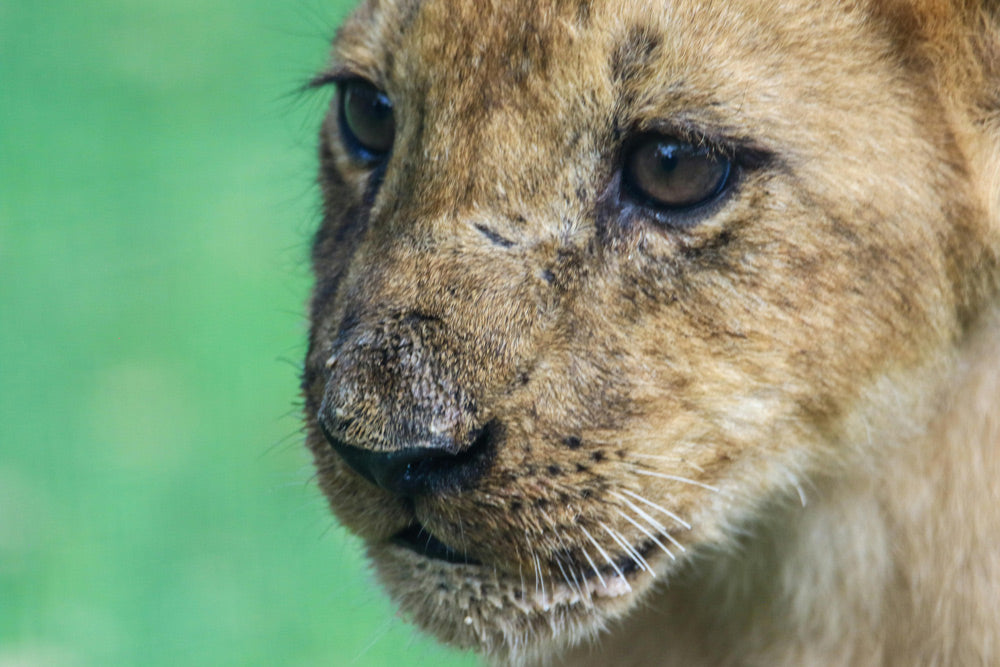In a rare and breathtaking moment for bird watchers and conservationists alike, a flock of 125 American flamingos was recently spotted in the Florida Everglades — the largest group seen in South Florida in over a decade. The sighting, made by avian ecologist and restoration scientist Mark Cook, marks a significant event in the ongoing discussion about whether these iconic birds are staging a return to their historical habitats.

While conducting a routine wading bird survey along the Florida Bay coastline, Cook came across the vibrant group of flamingos. It was an unexpected find during a mission primarily focused on observing Woodstorks and Spoonbills. According to Cook, the flamingos quickly took flight after being startled by the survey helicopter, a common response among large flocks. He managed to capture photographs before continuing his work, later sharing the images and details in a Facebook post.

This discovery is especially notable because it represents the largest flamingo sighting in South Florida since 2014, when a flock of 147 was recorded in the northern Everglades. Flamingos have long been a rare presence in the region, largely due to historical overhunting. In the 18th century, plume hunters decimated native populations, and their numbers never fully recovered — until perhaps now.
Flamingos in Florida have become a more familiar sight in recent years, particularly after Hurricane Idalia struck the state in 2023. The storm’s powerful winds displaced birds from their nesting grounds in Mexico, scattering them across Florida and even as far north as Lake Michigan in Wisconsin. Cook noted that just a week before the recent sighting in Florida Bay, he had observed a smaller group of flamingos in the northern Everglades. He believes it’s likely that those birds joined the larger flock, illustrating the species’ remarkable ability to travel long distances quickly.
“Flamingos are incredibly fast flyers and can travel large distances in a relatively short amount of time,” Cook wrote. “It wouldn’t be surprising for them to move throughout South Florida and even among the local Caribbean islands on a regular basis.” This mobility makes tracking their patterns both challenging and essential, especially as scientists work to determine whether flamingos are nesting in Florida or simply passing through.
The question of whether flamingos are reestablishing a permanent presence in the state remains unresolved. While some researchers point to increasing sightings and new evidence to support the idea of a returning native population, state wildlife officials maintain that most flamingos seen today are either migrants from nonnative flocks or descendants of escaped captive birds. In 2018, scientists uncovered historical data suggesting that flamingos once nested in Florida, and in 2024, Audubon Florida launched a statewide count to help confirm whether the birds are reclaiming their former territory.
Efforts to monitor and protect flamingos more effectively hinge on understanding their behavior and migration patterns. Tracking initiatives, including banding programs, are already in place to study breeding populations in the Caribbean and Yucatan Peninsula. These programs aim to shed light on the birds’ movements across regions and potentially validate their return to Florida as more than a seasonal anomaly.
I found this detail striking: even after centuries of absence, nature may be offering a second chance for flamingos in South Florida. The resilience of wildlife, especially in the face of historical exploitation and modern environmental challenges, continues to inspire both scientific inquiry and public fascination.
Cook’s work with the South Florida Water Management District, where he oversees annual wading bird surveys, plays a crucial role in this broader ecological picture. These surveys have been conducted for nearly 30 years, providing a valuable data set to track changes in bird populations and habitat health. The recent flamingo sighting adds a compelling new chapter to this ongoing research.
For those passionate about Florida’s unique ecosystems, the return of flamingos — whether temporary or permanent — is a visual and symbolic reminder of the state’s rich natural heritage. It also underscores the importance of continued conservation efforts, habitat restoration, and scientific monitoring. As climate events and human activity continue to reshape the landscape, keeping a close eye on such developments is more important than ever.
Whether these flamingos will stay and nest or continue their journey remains to be seen. But for now, their presence offers a hopeful glimpse into what could be a resurgence of one of Florida’s most iconic species.













